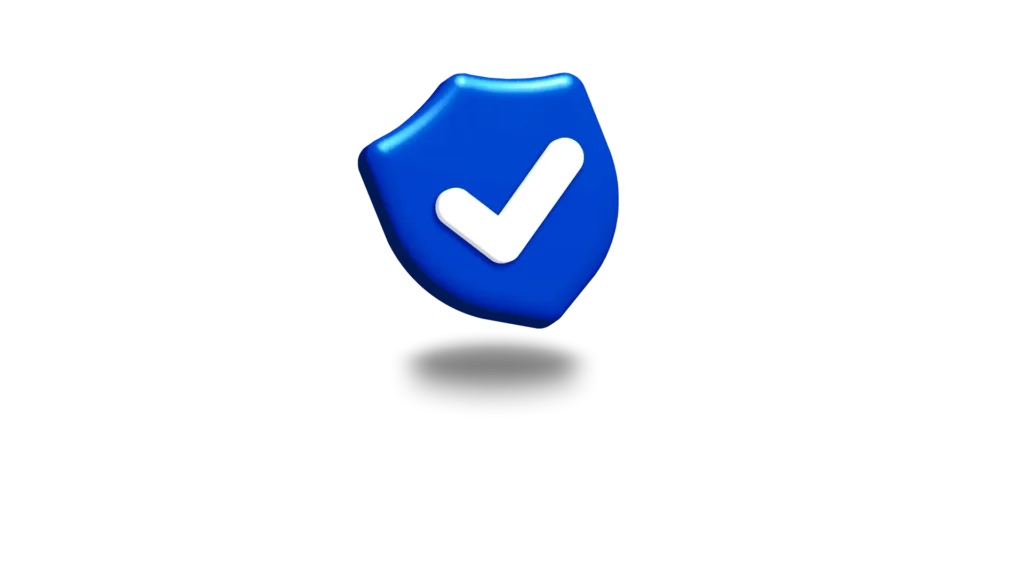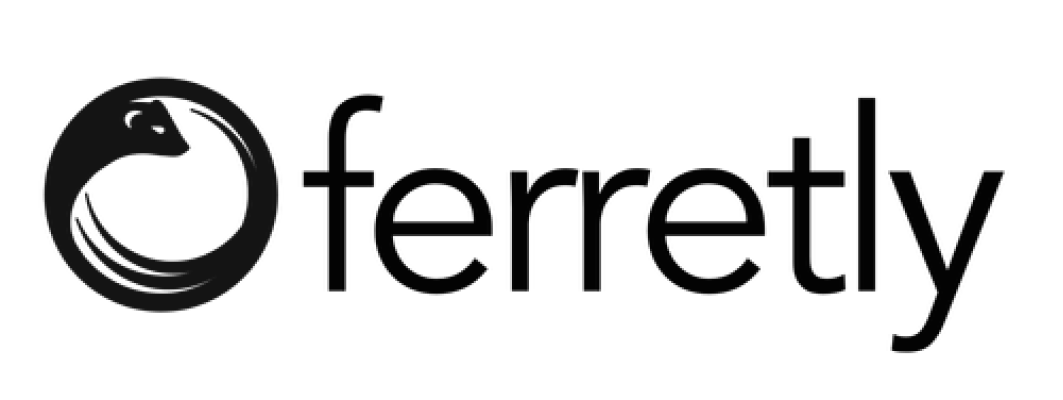When legacy .NET Framework code slows releases and hides value behind outdated APIs, we refactor any module into lean .NET 8 services that compile fast, run efficiently, and provide clean gRPC or REST endpoints. Automated dependency scanning, precise test harnesses, and incremental rollout ensure that every feature is traceable, while optimized container images reduce infrastructure spend by up to 35%. Through legacy app modernization, your team deploys features with a modern toolchain without impacting revenue.
Read moreTransform Legacy Systems Into a Strategic Advantage
Legacy systems include more than outdated code. They involve rigid workflows, outdated platforms, and tangled integrations that block progress and slow execution.
Outdated infrastructure and legacy data systems fragment operations, increase costs, and hide risk in everyday processes. Scaling, securing, and evolving core systems becomes harder with every quarter, until growth begins to stall.
According to Forrester, 72% of IT decision-makers say legacy systems make it harder to meet customer expectations and slow down digital product delivery.
It’s time to modernize with clarity and measurable impact.
With Devox Software, modernization aligns directly with business outcomes. Each system upgrade supports strategic goals, removes friction at every level, and builds an adaptive architecture built for growth, resilience, and long-term value.
Legacy Modernization Services We Provide
-
.NET Migration
-
Application Re-architecture
With our app re-architecture services, we turn complex monoliths turn simple functions into months of negotiation. Our engineers decompose domain boundaries, extract high-throughput modules into event-driven services, and map the gravity of data to a purpose-built store. The result is a modular architecture that scales horizontally, recovers quickly, and encourages continuous experimentation without requiring a rewrite of the underlying code.
Read more -
Legacy Application Migration Strategy
Legacy application migration strategy services rendered by a skillful team creates lasting benefits. We update runtimes, re-architect workflows and integrate AI to deliver consistent, high-impact results. Every step is linked to performance — faster releases, improved resilience and reduced friction across the delivery pipeline. This is engineering with vision. From optimizing architecture to enabling real-time insights, our legacy application migration services build long-term value into every modernization initiative.
Read more -
Legacy Migration Services
Throughout legacy migration services, our engineers orchestrate the transition from brittle monoliths to containerized .NET 8 and Java 21 services on Kubernetes by mapping domain boundaries, writing data in parallel until parity is proven, and enabling new paths behind feature flags. Hence, users experience continuous service while the platform gains flexibility for future change.
Read more -
Cloud Application Modernization Services
Every quarter spent on-premise ties up capacity growth that can’t adapt to market demand. With our cloud application modernization services, we design your path to Azure, AWS, or hybrid cloud by packaging workloads as code, embedding compliance from the start. Your platform gains elastic scaling, built-in observability, and cost insights that fuel your next product sprint.
Read more -
Code Refactoring and Optimization
By getting rid of technical debt and bottlenecks, Devox Software’s code refactoring and optimization services improve performance, security, and scalability. Our AI Solution Accelerator™ updates APIs, makes more efficient searches, and ensures OWASP, ISO 27001, GDPR, and PCI-DSS compliance. The end result is a codebase that is clean, will last a long time, and cuts expenses and speeds up innovation.
Read more -
Code Quality Audit Services
Devox Software’s code quality audit services thoroughly examine your codebase to find hidden hazards, technical debt, and security holes. Additionally, our AI Solution Accelerator™ checks design, performance, and compliance to make sure they meet industry standards. The outcome is a clear, actionable plan for making things more stable, fixing security holes, and laying the groundwork for scalable, efficient development.
Read more -
Legacy Code Transformation Services
Devox Software’s legacy code transformation services turn outdated, lagging systems into scalable, secure, and high-performing platforms. Our AI Solution Accelerator™, reveals hidden dependencies, eliminates technical debt, and rebuilds vital parts via modular design. This method ensures that your software is compliant, requires minimum maintenance costs, and is ready for cloud, AI integration, and future expansion.
Read more -
Legacy Software Audit and Assessment Services
With Devox Software’s legacy software audit and assessment services, you may get a detailed picture of the health, dangers, and modernization needs of your system. We use our AI Solution Accelerator™ to look at architecture, performance, and security to find technical debt, hidden dependencies, and holes in compliance. The result is a precise plan that cuts costs, minimizes risk, and helps with a smooth transformation that is ready for the future.
Read more -
Legacy Architecture Services
Devox Software’s legacy architecture services assist firms upgrade and stabilize old systems by finding hidden relationships and weak spots in their structure. Our AI Solution Accelerator™ maps out your architecture, makes it less complicated, and creates scalable, secure frameworks that support cloud adoption, AI integration, and long-term growth while lowering costs and risks.
Read more -
Database & Data Migration Services
Devox Software’s database and data migration services ensure a smooth and safe transition to modern platforms, without unexpected downtime and hassle. Our AI Solution Accelerator™ improves data structures, cleans up old datasets, and moves data to the cloud or a hybrid environment without data loss. As a result, your data ecosystem becomes faster, more reliable, and more scalable, and that is equipped to withstand possible challenges and vilatility.
Read more
Legacy Modernization Strategies That We Execute
Our software modernization services take a holistic view of your legacy environment, encompassing applications, infrastructure, data systems, and integrations. We map dependencies, performance bottlenecks, and operational risks into a modernization strategy aligned with long-term business goals.
-
Defining strategic modernization goals
We align modernization efforts with your organization’s strategic priorities — whether faster releases, lower operating costs, improved compliance, or increased scalability.
-
Assessment and prioritization of legacy systems
From monolithic applications and outdated databases to brittle APIs and inadequate infrastructure, we assess each component for its criticality, risk, and urgency for modernization.
-
Uncovering technical debt and systemic risks
Our data modernization services use advanced discovery tools and system diagnostics to uncover hidden dependencies, outdated components, and architectural constraints that impact performance.
-
Designing a target architecture
We design a scalable, cloud-native architecture that supports agility, encompassing event-driven systems, serverless models, modernized data platforms, and secure API layers.
-
Delivering a step-by-step modernization roadmap
You get a step-by-step execution plan with timelines, KPIs, fallback protocols, and clear deliverables for each wave of modernization. The roadmap is actionable, predictable, and tailored to minimize risk while maximizing business continuity.
Why Choose Devox Software as a Legacy Modernisation Partner
Proven Cloud-First Execution
Devox Software has years of experience in transitioning complex legacy environments to modern cloud ecosystems. From mainframe decoupling to multi-region Kubernetes orchestration, our architects tailor each migration to achieve business-critical outcomes. We calibrate performance, compliance, and cost efficiency with cloud-native services in AWS, Azure, and GCP, ensuring every asset earns its place in your future state.
Tech Stack Built to Scale
Every modernization strategy we deliver integrates next-generation DevOps, serverless paradigms, and infrastructure-as-code. With Terraform, Pulumi, and GitOps workflows, your systems gain agility and auditability from the first commit. Layered automation — CI/CD pipelines, policy-as-code, AI-driven QA — creates a deployment engine that keeps up with your pace of innovation.
Enterprise-Grade Engineering Force
Legacy modernization is not a service area for us; it’s a core competency. Our senior engineers bring deep expertise in legacy systems modernization, platform re-architecture, data restructuring, and security hardening at scale. We implement change in regulated industries, large portfolios, and mission-critical platforms. Every decision is focused on impact, and every plan is centered on measurable business acceleration.
Accelerated Execution Through Tools and Patterns
We reduce delivery time and engineering overhead through a structured accelerator stack — automated code discovery, dependency mapping, test harness scaffolds, and repeatable refactoring pipelines. Our toolchain cuts weeks of manual analysis. Our execution patterns remove decision drag. And our automation layer keeps every step testable, observable, and aligned with release velocity. What used to take quarters, ships in months — with traceability, rollback safety, and budget clarity built in.


AI-Powered Architecture Discovery for a Legacy Monolith
A safe, downtime-free modernization of a mission-critical monolith mobile app through AI-assisted architecture discovery to reveal dependencies and design an incremental, audit-friendly roadmap.
Additional Info
- .NET 8
- ASP.NET Core
- Azure AKS
- Azure DevOps
- OpenTelemetry
- Grafana
- Kafka
- Redis
- PostgreSQL
- Azure Key Vault
USA


Modernizing an App’s Legacy Infrastructure for an Insurance Company
Devox Software modernized a U.S. insurance company’s legacy infrastructure, migrating to AWS and Azure, automating workflows, and enabling secure, scalable growth for over 2 million users.
Additional Info
- AWS
- Azure
- Kubernetes
- ECS
- Terraform
- Vault
- Flux
- Datadog
- Wiz
- Grafana
USA
Testimonials
Frequently Asked Questions
-
How can we avoid downtime or business risk during modernization?
Every modernization plan we deliver is built around one core promise: your operations continue to run smoothly. Before touching production, we simulate the migration in a sandbox that mirrors your live environment. Dependencies are mapped. Weak points are stress-tested. Data flows are validated end-to-end, so by the time change happens, it’s no longer new. It’s practiced.
We sequence the rollout in phases, apply canary or blue-green strategies where needed, and pair every change with real-time observability. Your team stays in control. Your users remain uninterrupted. And your business keeps moving — with zero guesswork and a fallback for every step.
Modernization doesn’t have to be risky — when it’s designed to feel familiar. We bring confidence to every transition.
Technical debt fades when every modernization decision aligns with the long-term integrity of the system.
-
Are we just replacing old systems with new ones that will create fresh technical debt?
We begin by exposing entropy in your current environment — fragile modules, layered dependencies, and undocumented logic that slow down engineering. Each legacy element is traced, audited, and assessed for impact before any change is applied.
Modern components are delivered with test coverage, telemetry, and traceability built in. Every refactor moves through quality gates that enforce architectural consistency and maintain operational stability. We integrate automated validation, peer-reviewed logic transitions, and continuous monitoring to ensure that new systems remain maintainable, scalable, and secure under pressure.
The outcome: modernization that compounds in value. Fewer blind spots, cleaner boundaries, and a platform that keeps your teams shipping at speed, without inheriting new risks.
-
How do we avoid trading old technical debt for new complexity?
Technical debt does not start with old code. It begins when decisions remain unchecked.
We modernize with this in mind. Before we touch a system, we uncover the assumptions within it — the tacit contracts between modules, the implicit workflows in scripts, the brittle logic that no one wants to change. Our process creates a decision path: what should be refactored, what should be decommissioned, and what should be redeveloped. Each migration path we devise includes automated linting, architectural fitness functions and CI/CD gates that validate behavior, performance, and coupling — continuously, not just once.
This approach creates a margin of safety. Instead of working fast and breaking things, we work precisely and validate every step. New systems inherit clarity, not complexity. And your roadmap extends further forward — with guardrails, not regrets.
-
How can we ensure that our modernization efforts actually support the long-term business plan — and not just technical hygiene?
Modernization earns its place when it serves more than just code. Every architectural decision we make is focused on achieving business outcomes — faster releases, lower total cost of ownership (TCO), and greater platform flexibility. We start by identifying where legacy friction is hindering growth: slow go-to-market (GTM), hidden costs, and unstable operations. Then we align modernization milestones with roadmap priorities. Whether it’s shortening onboarding, expanding into new markets, or enabling partner integration, your modernization story becomes a direct enabler of your strategy, traceable from refactoring decision to board-level outcome.
-
What does success look like at each stage, and how do we measure real progress, not just completed tasks?
Each phase of our modernization playbook is tied to clear business signals: shorter cycle times, higher test coverage, lower defect budgets, and faster onboarding. These are not vague promises — they are measurable indicators that are tracked in real time. We define exit criteria for each phase, ensure observability across systems, and provide regular demos with real data. You’ll see progress in the form of faster deployment, improved platform stability, and stakeholder confidence, not just in the form of merged code, but in the form of regained momentum.
-
Can our internal teams keep up during the transition, or will they be overloaded and disrupted by modernization?
Your teams will continue to focus on delivery. We design modernization as a parallel runway — with mirrored environments, feature flag gating, and phased rollout. By incorporating clean APIs, CI/CD pipelines, and automated regression coverage early on, we remove friction instead of adding to it. Instead of an extensive handover, we work side-by-side, documenting patterns, guiding integrations, and leaving behind tools that still work when we retire. Your team gains capacity, clarity, and faster development, not an additional burden.
Want to Achieve Your Goals? Book Your Call Now!
We Fix, Transform, and Skyrocket Your Software.
Tell us where your system needs help — we’ll show you how to move forward with clarity and speed. From architecture to launch — we’re your engineering partner.
Book your free consultation. We’ll help you move faster, and smarter.
Let's Discuss Your Project!
Share the details of your project – like scope or business challenges. Our team will carefully study them and then we’ll figure out the next move together.
Thank You for Contacting Us!
We appreciate you reaching out. Your message has been received, and a member of our team will get back to you within 24 hours.
In the meantime, feel free to follow our social.
Thank You for Subscribing!
Welcome to the Devox Software community! We're excited to have you on board. You'll now receive the latest industry insights, company news, and exclusive updates straight to your inbox.











































